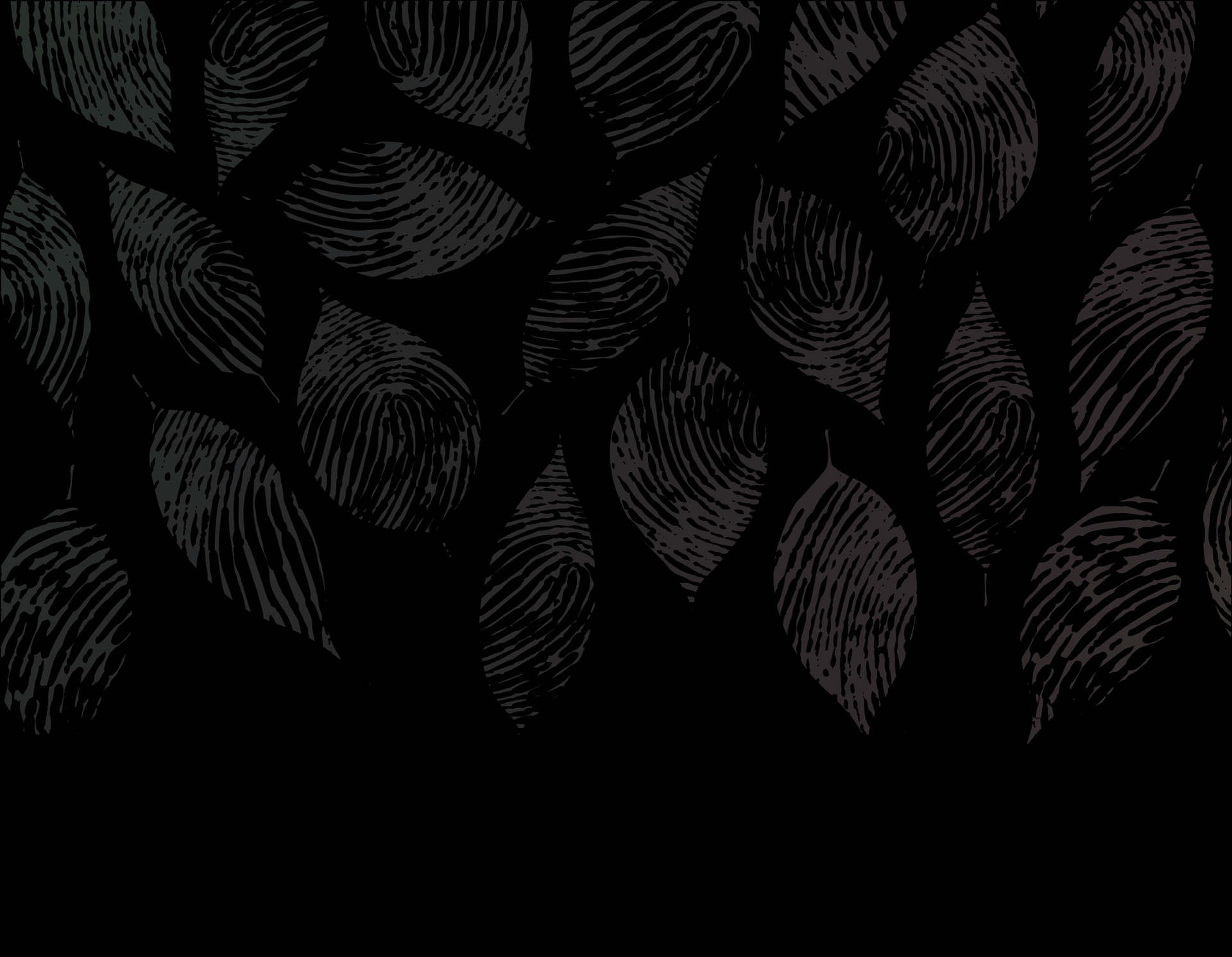Ideas
Idea #9: Conflicts and Intersections Across Movements
“Think about conflicts happening in the world today. Conflict exists because each side believes they are justified, or entitled, to a certain kind of justice.”1
Learning Intention
Justice is often viewed differently by different communities or groups of people. This activity helps students explore various concepts of justice by letting them “compare and contrast differences, overlaps, and intersections” of what justice might look like from various perspectives.1
Overview1
Choose a conflict to use as a case study. You could use predetermined examples from the course topic/theme, such as a current local or global event, or use more simple examples that draw on students’ own lived experiences.Then have students imagine and discuss what justice looks like for each side and why it might look different for different people. The book Toward What Justice? includes a list of sample texts/videos and further questions for reflection.
Reflection Questions1
- What injustices are being identified?
- Which groups are affected by the injustice?
- Which groups are identified as causing the problem? (Note: this could, and should, be broad).
- What did justice look like for each side? Was it conflicting, intersecting, or a little of both?
- What possible solutions are offered or requested?
- What possible solutions can you think of?
- How does power (over policies, land, peoples, and money) work to influence who gets justice? Is it sometimes easier for the party with more power to attain justice for their side of the problem?
Options
- Let students identify issues or cases to examine.
- Deepen the conversation even further by introducing the challenge of colonization and the clash between indigenous groups and settler colonial societies.
References
-
Tuck, E. & Yang, K.W. (eds.) (2018). Toward What Justice? Describing Diverse Dreams of Justice in Education. New York: Routledge.
